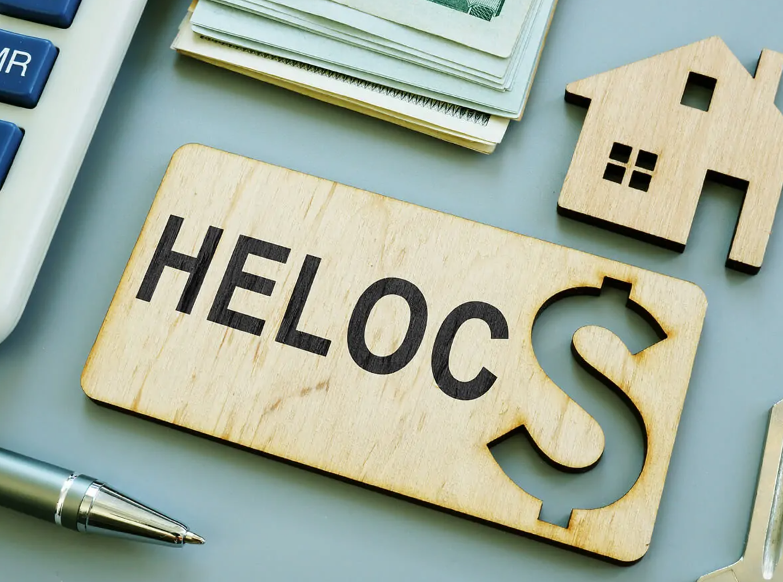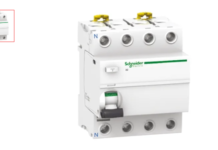You may be looking for ways to get yourself out of debt. Or maybe you’re looking for ways that you can get a little more money freed up to do the things that you want or need in your life. If that’s the case, a HELOC could be the answer. But then you might be wondering, just what is a HELOC and how does it work? We’re going to take a closer look at exactly that, so you can decide whether this is the right way to go for you.
The Basics of the HELOC
The first thing we need to discuss is the HELOC. Short for Home Equity Line of Credit, a HELOC is a way for homeowners to get a little extra money from what they’ve already paid in for their home.
In order to get a HELOC, however, you need to have equity in your home. Your equity is whatever you’ve paid down of the original balance of your mortgage. For example, if you took out a mortgage for $200,000 and you’ve paid down $50,000 of the principal then your equity is $50,000.
It’s important to note that this refers only to money paid to the principal and not all of the money that was paid in for the mortgage. All that money that was paid as interest doesn’t actually count toward your equity. And even though you may have $50,000 in equity (as in our example) that doesn’t mean you can get $50,000 in a HELOC.
This type of account is often referred to as a loan, but there’s more to it than that. After all, a loan gives you a set amount of money in one payment. You may take out a loan for $10,000 or $20,000. The bank (or other financial institution) will give you a check for that money or put it directly into your account. Then you pay it back over time.
With a HELOC you’re not getting a single payment. Instead, you’re getting access to the equity in your home. You can then withdraw that money in different amounts over the entire life of the HELOC (usually a period of 10 years). You are able to take out as much or as little of the approved equity as you want over that period of time. Once that period is up, your repayment period begins.
This is where you’re going to pay the money back into your mortgage and reinstate your equity.
Setting Up Your HELOC
If you find yourself in a situation where you need a little extra money you might consider a HELOC as a method of getting that help. It might be to pay for an emergency. Or it might be to pay for a large purchase. Whatever the reason, if you’re considering a HELOC you want to know what you can actually get out of it. A HELOC loan calculator can help.
Now, there are plenty of different types of calculators out there, but if you’re looking to get the most accurate information about how much you can withdraw and how you’ll pay it back, the HELOC calculator at bills.com is the way to go.
You can then talk with a loan professional, a debt advisor, someone at your local bank, or another financial professional to find out more about how to apply and whether this option is the right way to go for you. Because you definitely don’t want to find yourself facing the problems with a HELOC.
Should You Get a HELOC?
The answer here can be complex. The first step is to look at the HELOC loan calculator and see what you could get. Would that money be able to help you with whatever it is you need? Would it cover the emergency you’re facing? Would it take care of financing that large purchase?
Next, consider whether you will be able to make the payments when they come due. That HELOC loan calculator will also give you information about what the payments would be after the loan period. Will you be able to make those payments when they’re due?
The good things about a HELOC are:
- Access large amounts of money at once
- Draw as much or as little as you want at a time up to the approved amount
- Interest only payments due during the draw period
- Higher chance of approval than most loans
However, there are some things you’ll need to consider before you decide to take out one of these loans. A HELOC has some great benefits, but it also has some drawbacks to consider. For example, if you can’t make the payments at the end of the draw period you’re risking your home.
Because you’re not just taking equity out of your house, you’re actually using your house as collateral to the bank, saying that you’re going to pay that money back. If you don’t make the payments on the loan that means the bank can seize your collateral, or your home.
Another potential drawback could actually be the main benefit of the HELOC, freedom. You get approved for a loan amount that is less than the amount of equity that you currently have in your home, but chances are it’s still going to be a large amount of money. And you will have nearly free access to that money for the entire draw period of your loan.
What if You Take it All?
No matter what your original plans were with the money or even a portion of that money, it can be very tempting to take all of the money and use it for … well … anything you want. After all, you have the right to do it, right? The bank says you can take any or all of that approved amount and do absolutely anything you want with it.
This is where some people have trouble. Because it can be very tempting to take all the money and before you know it the money is gone and the draw period is over. And your payment amount will be based on the amount that you took out. If you used all of the money your payments will be higher than you might have expected, which can make it more difficult to pay everything back properly.
The important thing is to pay close attention to that HELOC loan calculator, and to be disciplined not to take more money out than you originally intended. That way, you can improve your financial situation rather than making it worse. So, what is a HELOC and how does it work? It’s possibly the answer to your debt situation, but only if you are able to use it right.








